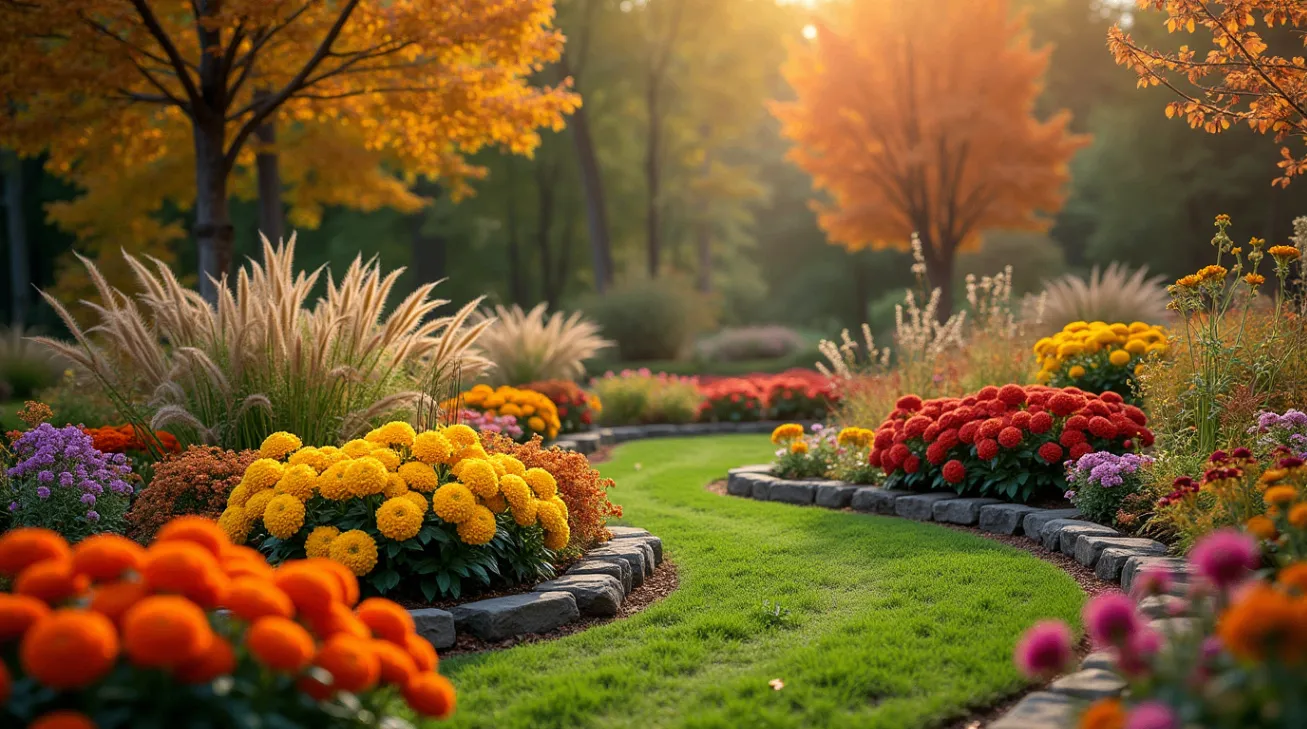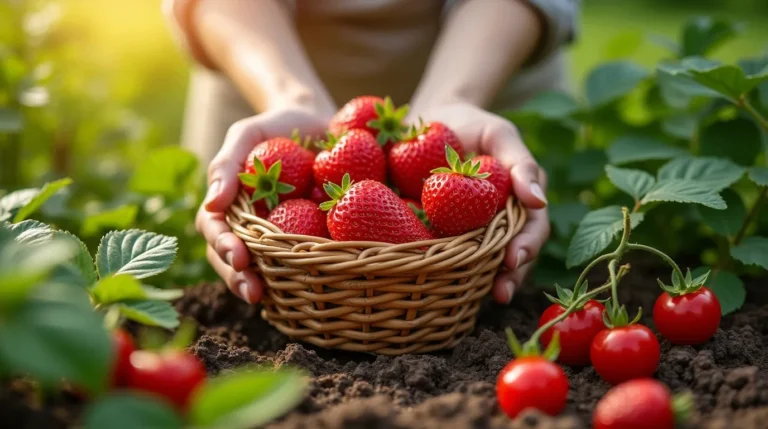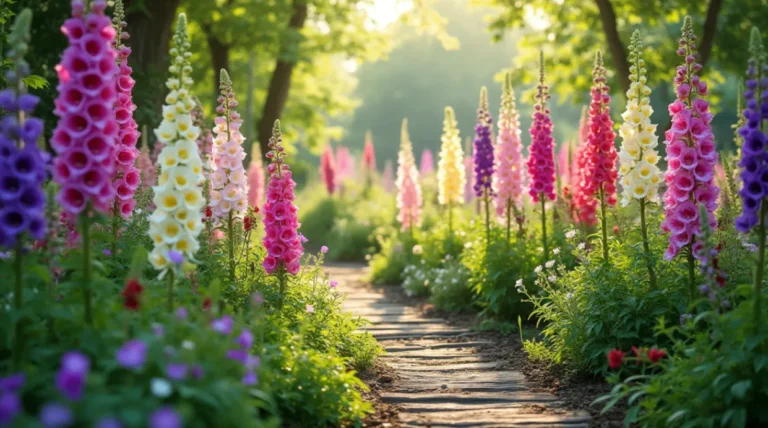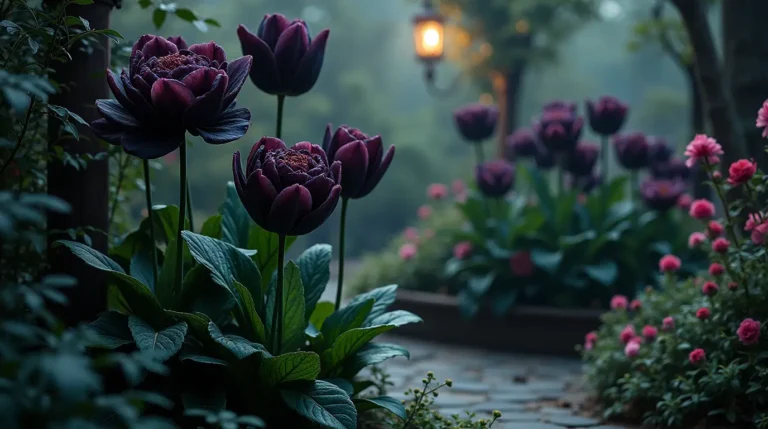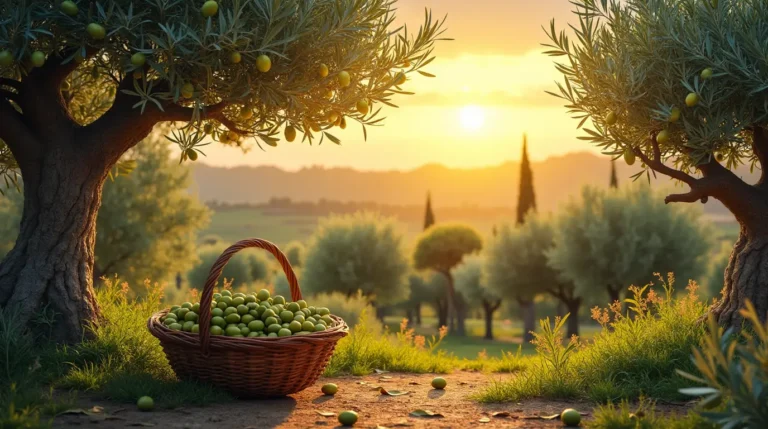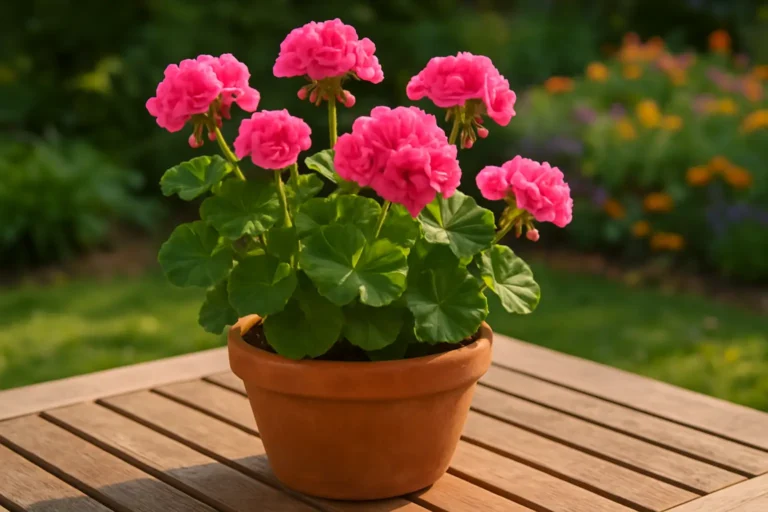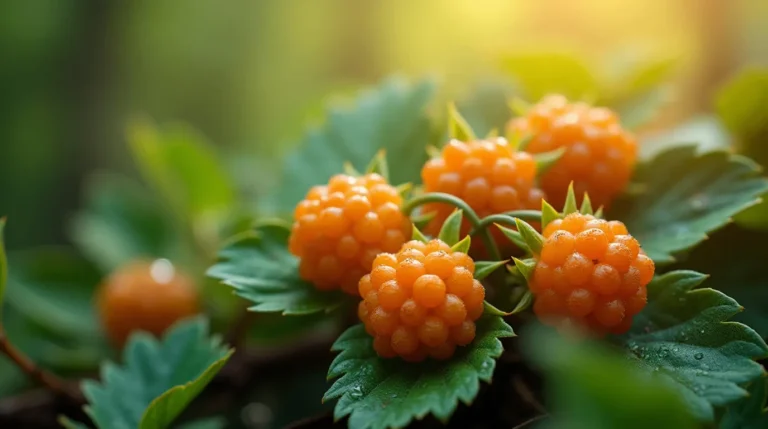Fall Flowers: How to Grow 15 Stunning Autumn Blooms
Table of Contents
Introduction
As the vibrant hues of summer fade, fall flowers take center stage, bringing a new wave of color and charm to the garden. These hardy blooms not only withstand cooler temperatures but also provide a fresh burst of beauty just when other flowers start to wither. In this article, we’ll explore some of the best fall flowers to plant, how to care for them, and tips to ensure your garden remains a colorful oasis through the autumn season.
1. Why Choose Fall Flowers?
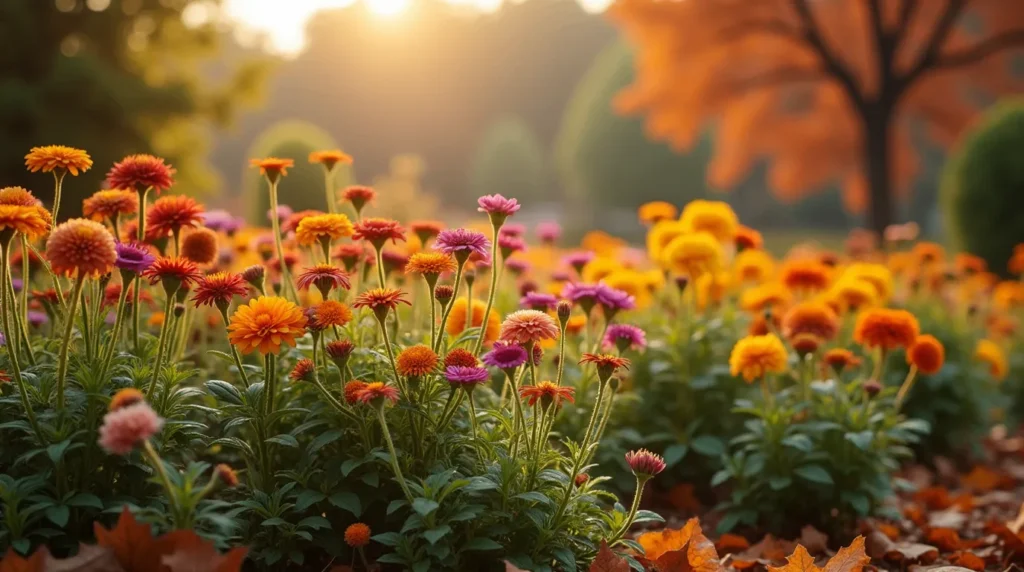
Fall flowers are specially adapted to thrive in the cooler temperatures and shorter days of autumn. They are typically resilient, low-maintenance, and can withstand light frosts. Incorporating these stunning flowers into your garden will:
- Extend the Blooming Season: Keep your garden vibrant until the first frost.
- Provide Pollinator Support: Late-season blooms attract bees and butterflies, supporting wildlife.
- Add Seasonal Color: Fall flowers come in rich, warm tones such as deep reds, oranges, yellows, and purples.
2. Top 15 Fall Flowers for Your Garden
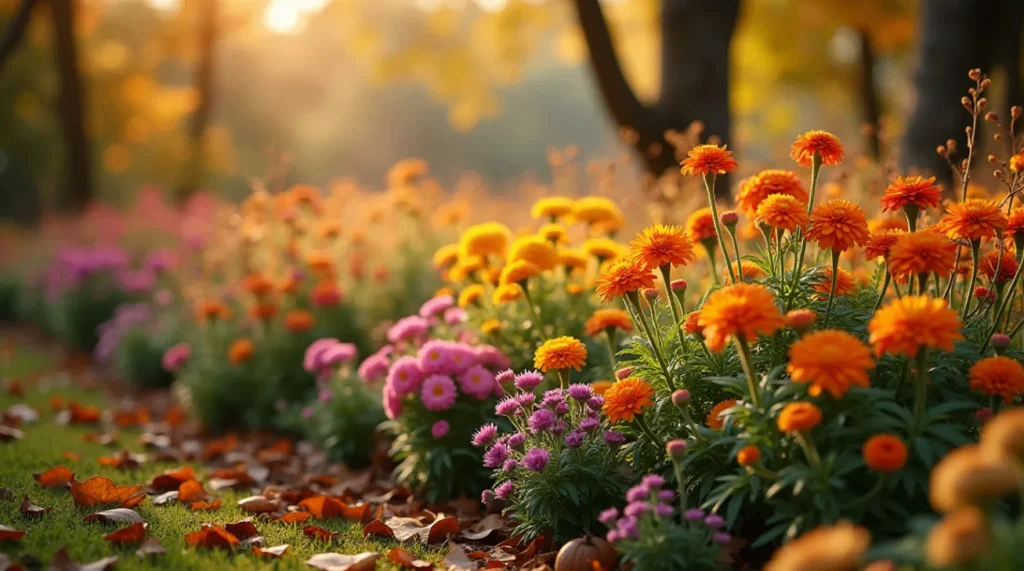
1. Chrysanthemums (Mums)
Chrysanthemums, often referred to as mums, are the iconic flowers of the fall season. Available in a range of colors like red, yellow, pink, and white, they add an instant burst of color to your garden.
2. Asters
Asters are star-shaped flowers that bloom in late summer to early fall, offering shades of pink, purple, and white. Their bright colors attract butterflies, making them a lively addition to any autumn garden.
3. Sedum (Stonecrop)
Sedum’s clusters of pink, red, or yellow flowers and succulent-like leaves make it a standout fall flower. It’s a low-maintenance perennial that’s drought-tolerant and easy to grow.
4. Goldenrod (Solidago)
Goldenrod’s tall stems topped with clusters of tiny yellow flowers are perfect for adding height and a splash of color to your autumn garden. It’s also a great option for supporting late-season pollinators.
5. Japanese Anemone
Japanese anemones bloom in late summer and continue into the fall with elegant white, pink, or rose-colored flowers. They add a touch of grace to shaded areas in your garden.
6. Helenium (Sneezeweed)
Helenium’s daisy-like flowers in bright shades of red, orange, and yellow are perfect for adding fiery colors to your garden. Their blooms grace gardens from late summer all the way through fall.
7. Marigolds
Marigolds are a classic fall flower with warm tones of yellow, orange, and red. They are ideal for borders and containers, providing a long-lasting display.
8. Russian Sage
Russian sage’s silvery-gray foliage and lavender-blue flowers create a stunning contrast in the fall garden. It’s a hardy perennial that thrives in dry, sunny conditions.
9. Rudbeckia (Black-Eyed Susan)
Rudbeckia’s bright yellow petals with dark brown centers are a staple in fall gardens. They’re easy to grow and attract butterflies, making them perfect for a pollinator-friendly garden.
10. Pansies
Pansies are cool-season favorites with cheerful, multi-colored blooms that can withstand light frost. They are perfect for adding color to borders, containers, and window boxes.
11. Dahlias
Dahlias bloom until the first frost, producing large, showy flowers in a variety of colors and shapes. They add a touch of drama and elegance to any fall garden.
12. Montauk Daisy
Also known as Nippon daisies, Montauk daisies bloom in the fall with large, white daisy-like flowers. They are drought-tolerant and low-maintenance, making them a great choice for any garden.
13. Coral Bells (Heuchera)
While typically grown for their colorful foliage, some varieties of coral bells produce delicate flowers in the fall. Their leaves come in shades of purple, green, and bronze, adding texture and interest to your garden.
14. Sweet Alyssum
Sweet Alyssum showcases clusters of delicate, honey-scented flowers in hues of white, pink, and purple. It’s a great filler plant for borders and containers, adding fragrance to your garden.
15. Toad Lily (Tricyrtis)
Toad lilies are unique fall bloomers with orchid-like flowers in shades of lavender, white, and spotted purple. They’re perfect for shady areas and add an exotic touch to the garden.
3. Planting and Caring for Fall Flowers
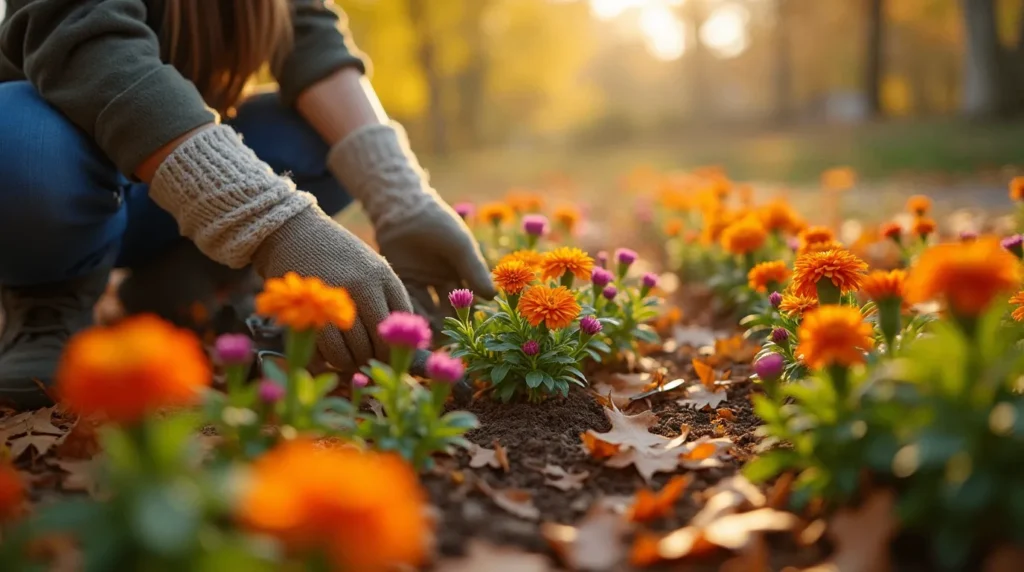
When planting fall flowers, timing is crucial. Most autumn blooms should be planted in late summer or early fall to ensure they establish roots before the first frost.
Planting Tips:
- Choose the Right Location: Ensure your flowers have access to the right amount of sunlight. Most fall flowers prefer full to partial sun.
- Enhance the Soil: Incorporate compost or organic material to boost fertility and improve drainage.
- Watering: Water thoroughly after planting and keep the soil consistently moist until the plants are established.
Care Tips:
- Mulching: Apply a layer of mulch around the base of the plants to retain moisture and protect roots during cold snaps.
- Deadheading: Trim away faded blooms to promote ongoing flowering.
- Fertilizing: Use a balanced, slow-release fertilizer at planting time to promote healthy growth.
4. Designing a Fall Flower Garden
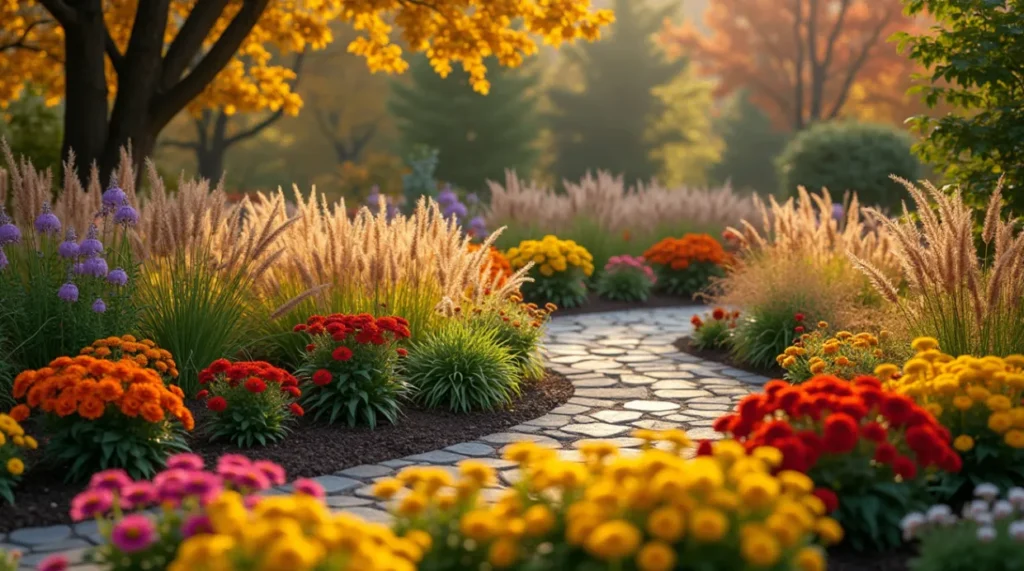
Creating a stunning fall garden involves more than just choosing the right plants. Consider the following design tips to make the most of your autumn landscape:
- Color Coordination: Choose flowers in complementary colors to create a cohesive look. Warm tones like red, orange, and yellow work well together, while purples and blues add depth.
- Layering: Plant taller varieties like goldenrod or Japanese anemone in the back, and shorter plants like mums and asters in the front for a tiered effect.
- Add Foliage: Incorporate ornamental grasses and foliage plants like kale and coleus to add texture and contrast.
5. Frequently Asked Questions
Q: Can I plant fall flowers in containers?
A: Absolutely! Many fall flowers like mums, asters, and sedums thrive in containers. Be sure to select a pot with proper drainage and fill it with high-quality potting soil.
Q: How do I keep my fall flowers blooming longer?
A: Regular deadheading, adequate watering, and providing a little afternoon shade can extend the blooming period for most fall flowers.
Q: What should I do with my fall flowers after the season ends?
A: Perennials like asters and sedums can be left in the ground, while annuals should be removed and composted. For perennials, cut back the foliage and apply a layer of mulch to protect the roots through winter.
Conclusion
With the right selection of fall flowers, your garden can remain a vibrant and colorful sanctuary well into the colder months. By following these tips and choosing resilient varieties like chrysanthemums, asters, and goldenrods, you can enjoy a beautiful autumn display that’s sure to impress.

